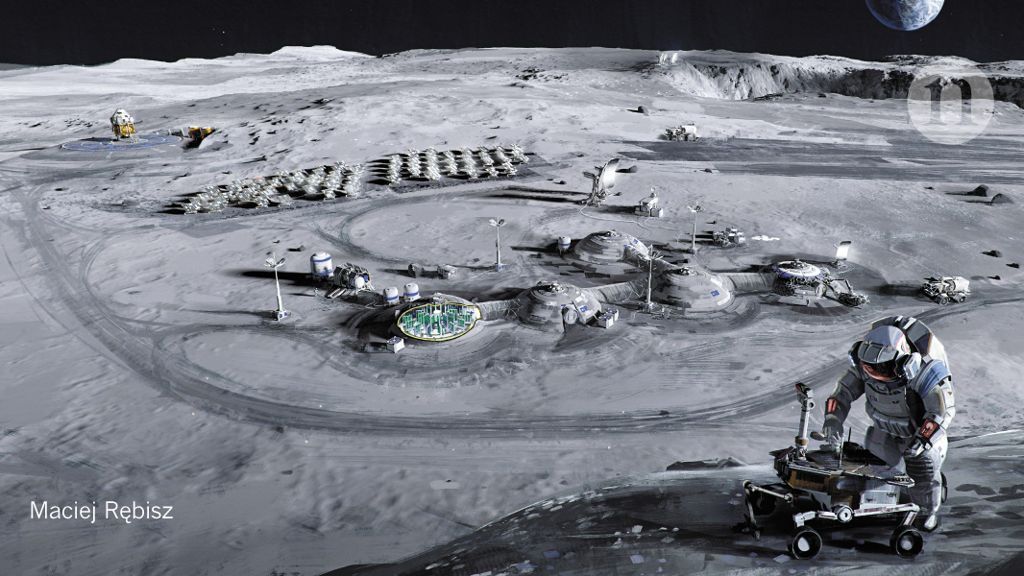GPS can be hacked, so airplanes and ships need a backup system. These quantum physicists think they have an answer.




“The first direct detection of gravitational waves was announced on February 11, 2016, spawned headlines around the world, snagged the 2017 Nobel Prize in Physics, and officially launched a new era of so-called “multi-messenger” astronomy. But a team of physicists at the Niels Bohr Institute in Copenhagen, Denmark, is calling that detection into question…”
“Andrew Jackson and his group have been saying for the past few years that LIGO’s detections are not real,” says LIGO Executive Director David Reitze of Caltech. “Their analysis has been looked at by many people who have all concluded there is absolutely no validity to their claims.” Reitze characterized the New Scientist article as “very biased and sensational.”
“Nothing they’ve done gives us any reason to doubt our results.”
A sprint to the stars.
Google is bringing Disney books to life using AI.

It’s called the South Atlantic Anomaly.
The closest radiation belt to Earth roams above South America. It is called the South Atlantic Anomaly and gives off high levels of radiation that has been known to destroy satellites.
Follow Tech Insider:On Facebook

I did a live 15 minute interview on Armenia’s Public TV and the country’s most popular morning show, sharing information about transhumanism and the FAST Global Innovation Forum I spoke at. Give it a watch here:

This is how astronauts wash their hands in space.